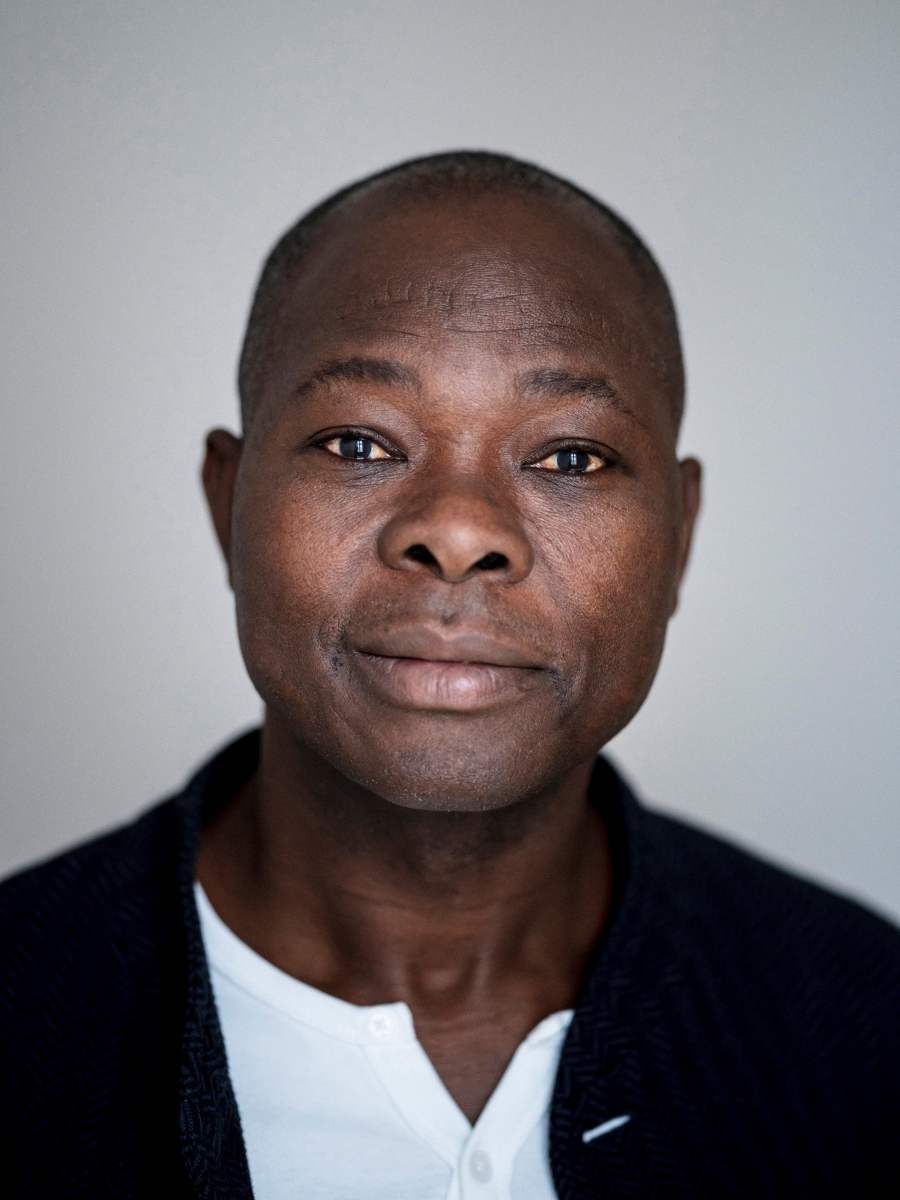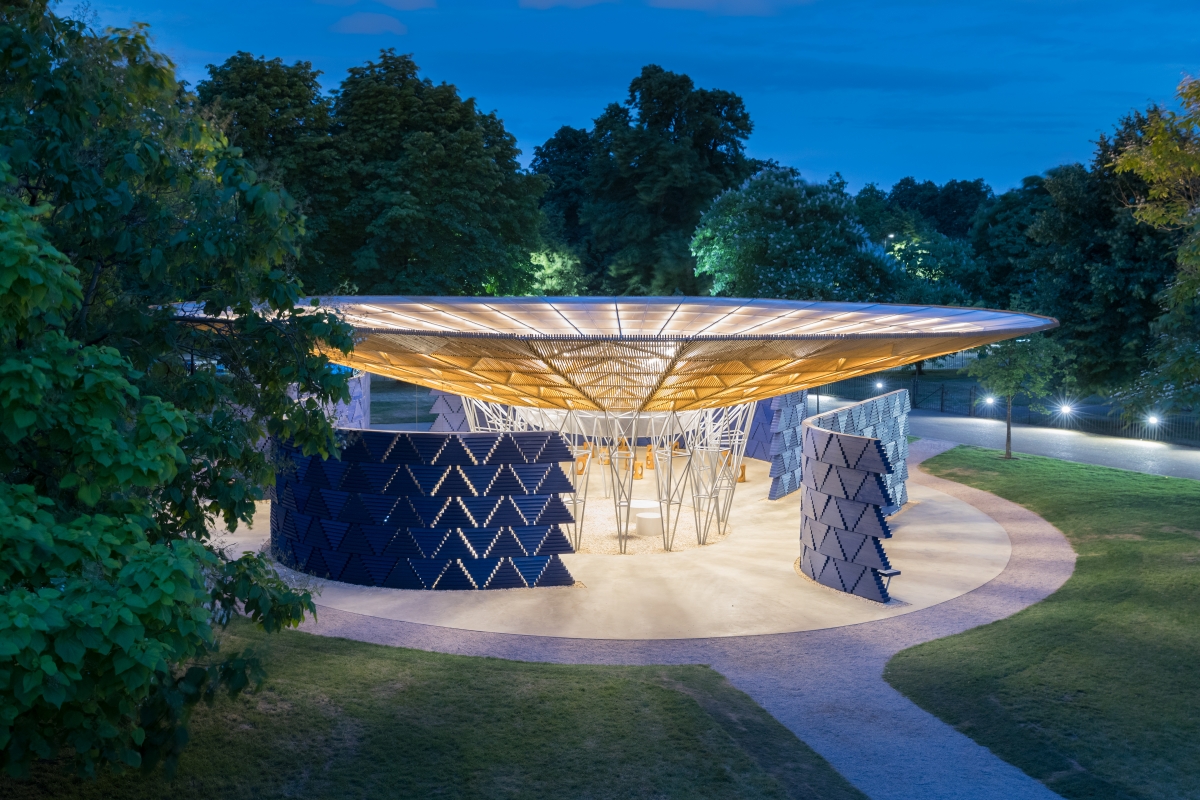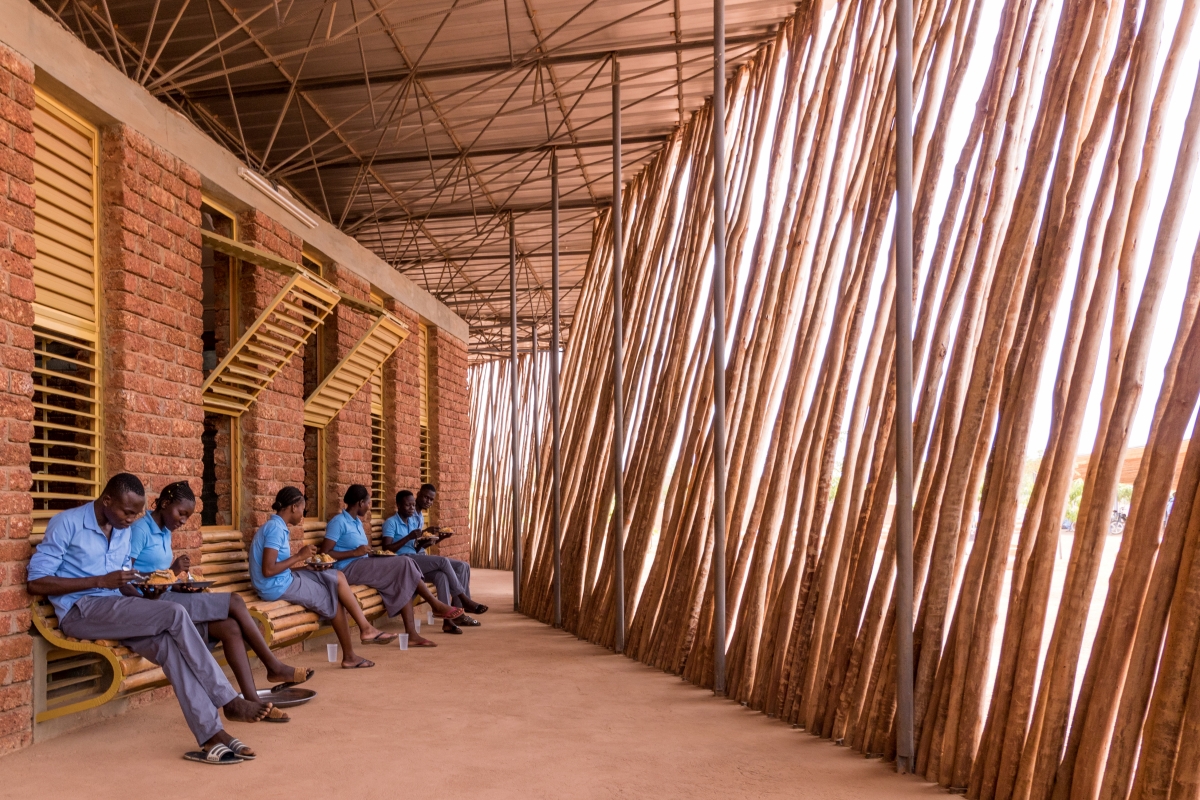
ⓒLars Borges
The winner of the 2022 Pritzker Architecture Prize is Diébédo Francis Kéré (hereafter Francis Kéré) from Burkina Faso, which is one of the poorest countries in Africa. As it was difficult to receive an education in his hometown, Francis Kéré left for Germany to embark on his architecture studies at Technische Universität Berlin before setting up his office Kéré Architecture in Berlin in 2005. Pritzker Foundation introduces Francis Kéré as an architect and an activist. His first work and world debut ‘Burkina Faso Gando Primary School’ (2001) was a school project built in his hometown through a support foundation established with his peers during his studies and the organisation of local participants. In this project, Francis Kéré used clay and sand — the two most common ingredients in the region — and completed the wall and double roof, through which he managed to reduce the indoor temperature by 6 degrees when compared with buildings made without clay. The savings and minimalisation of production and maintenance costs, as well as the inclusion of local participation, led to the building of additional schools in the neighbouring two regions. He expressed the need for ‘an architecture that nurtures creativity and allows one to create one’s own future’.
Francis Kéré has created public architecture such as schools, parks, and hospitals in African countries with poor infrastructure such as Mali, Togo, and Kenya, and his architecture focuses on the region’s climate, materials, and architectural technologies. Gando Library (2010) uses mud jars commonly found in the town and installed them on the roof as ventilation openings to control room temperature and the intake of daylight. The exterior wall of Lycée Schorge (2016) is made of eucalyptus trees found in the region. While eucalyptus trees are often used for scaffolding or firewood, due to their rapid growth, Francis Kéré however saw in its structural integrity the potential for it to be used as an architectural material. His distinctive character is also visible in works completed outside of Africa. ‘The Serpentine Pavilion’ (2017; see SPACE, no. 599) was inspired by his memories of seeing people gather under a big tree. The structure of the pavilion with a roof canopy, which gradually decreases in height towards the centre to allow rainfall to flow toward the building centre, delivers a message regarding the water shortage problem found in African countries. ‘Sarbalé Ke’ (2019) installed at California Coachella music and arts festival was also inspired by baobab trees in Gando. As it gets increasingly narrow toward the top, the lack of a roof places the centre at direct exposure to sunlight while the sections away from the centre enjoy the cool shade. The review committee described Francis Kéré as an architect who creates sustainable community-centred architecture while giving a universal aesthetic interpretation of unique regional properties.


Serpentine Pavilion (2017) ⓒIwan Baan
Lycée Schorge (2016) ⓒDébédo Francis Kéré




